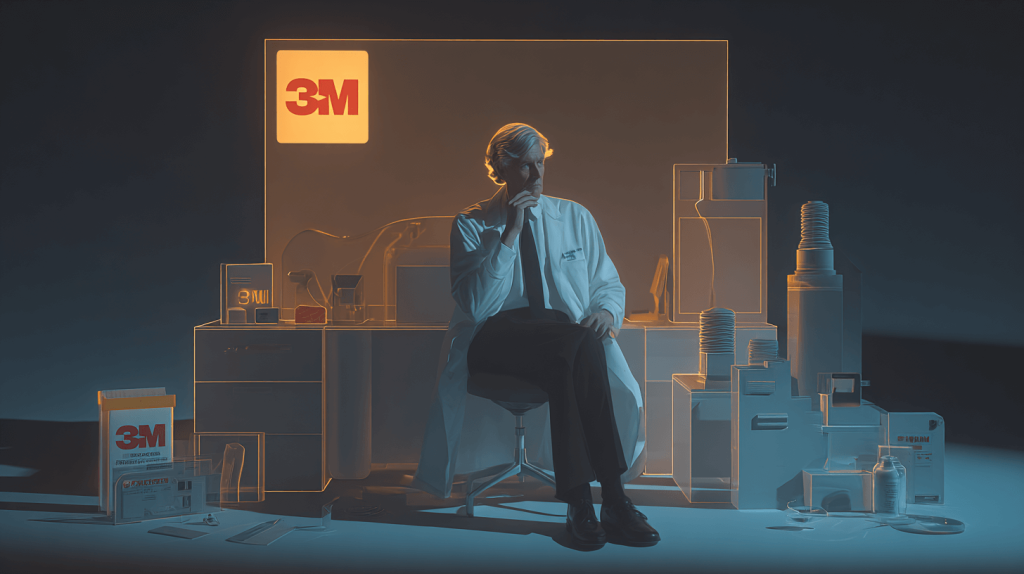Artificial intelligence software has become so sophisticated that AI is now being regularly used in the healthcare field. Many new medical devices include some form of AI technology to make testing, diagnosing, and treatment easier, safer, and faster. AI and other software has become so prevalent in medical device technology that the Food and Drug Administration (FDA) now considers some software by itself to be a medical device for federal regulatory purposes.
Software that is considered to be a medical device (SAMD) must be approved by the FDA before it can be sold, meaning that IP protections need to be in place in order to protect the additional investment of time and capital that will be required to get the software-based medical device through the FDA regulatory review process. FDA review timelines and IP protection procurement timelines need to be aligned to ensure that the term of any IP rights on the SAMD is not wasted.
Aligning FDA Timelines with Patent Prosecution Timelines
Some medical devices require review and approval by the FDA before they can be sold to the public. The FDA review process takes time, and it would be a waste of patent term to hold a patent on a new medical device software technology that you cannot sell while FDA approval is pending. While FDA approval is pending, even if you hold a valid patent on the medical device software that is awaiting approval, your ability to exercise your patent rights, such as the right to license your patent, is limited. Not many would be interested in obtaining a patent license for a medical device software that is awaiting FDA approval.
Fortunately, it is possible to be strategic about when you seek FDA approval and when you seek patent protection. With careful planning, your IP lawyer can estimate how long the FDA review process should take, and how long the patent application process will likely take, so that each can be initiated appropriately so that both processes conclude within a reasonable amount of time from one another (presuming you are not up against any statutory bars because of public disclosure of your SAMD invention, which requires you to file a patent application within one year of making the public disclosure).
Alternatively, it may be possible to seek an extension of a patent’s term if the FDA review process takes so long that it eats away at valuable patent term. The term of a patent may be eligible for an extension of up to five years when a regulatory review process, such as FDA approval, takes longer than expected.
Speak with a Knowledgeable Software Patent Attorney
If you have a software that qualifies as a medical device, you likely are interested in obtaining patent protection on your technology as soon as possible. The patent attorneys at The Rapacke Law Group have experience handling patent applications for both medical devices and software and we have the skill set necessary to help you. Reach out to us for a free initial consultation.




